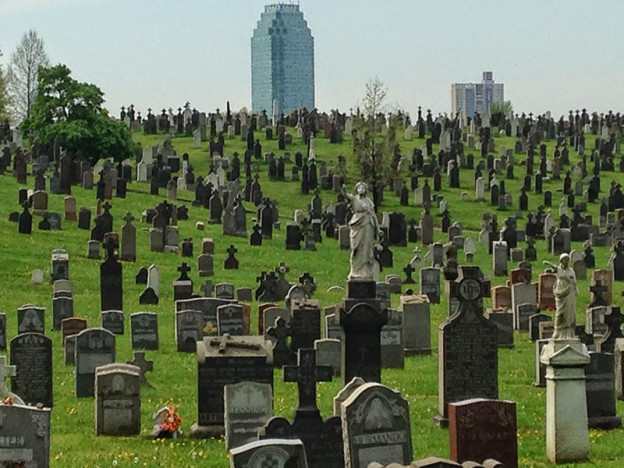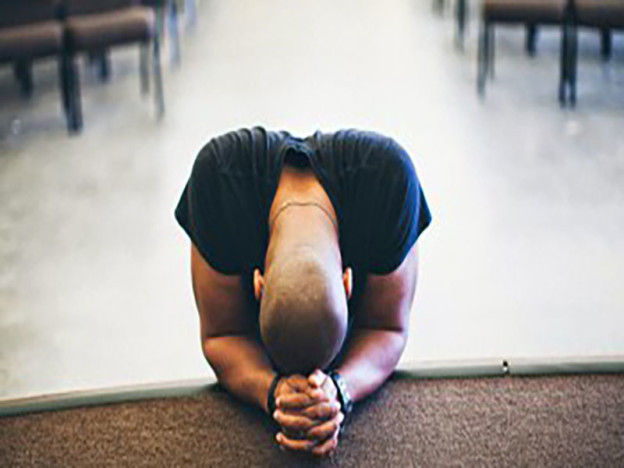
Alright, before someone emails me a link I thought I’d bring it up first. Did you hear the latest on Starbucks? According to the New York Times, Starbucks announced it will close 600 stores. That is an increase over a previous announcement. All store closings will come from stores that have been open three years or less. Their “go forward” strategy includes adding two hundred new stores while introducing new products such as smoothies. Starbucks has also introduced a new mild-drip coffee called Pike Place. They are banking on the introduction of new products to increase profitability.
So what’s to blame for Starbucks’ downturn? Is there something wrong with the product? I don’t think so. Recently, Starbucks made an effort to standardize its products across the globe. You’ll receive a consistent and quality beverage from any Starbuck. What about the economy? Obviously, a $3.50+ cup of coffee isn’t on too many lists of essentials. There are house payments, giving to the church, utility bills, car notes, fuel costs, food, and the like. These take priority over a gourmet cup of coffee. I’ve long heard you can determine the state of the American economy based on the number of coffees sold at Starbucks. As the cost of living increases, discretionary income evaporates. Less discretionary income means less cups of coffee sold.
I think there’s a more significant tale to be told here. This is just the beginning; energy costs are only going to increase. This isn’t just my opinion, but the opinion of many experts. Many outlets will re-think and re-invent their business model. They’ll do so to survive and hopefully thrive. Due to significantly increased energy costs, people will have to re-think their standard of living. Already American’s are changing their driving habits. As businesses re-think their models, I believe churches will need to do the same thing. Geography and proximity will play a greater role in one’s choice of a church home. Distance from home to church campus will determine one’s involvement and participation in ministry. We’ll (the church) need to look at the integration of technology in the model of how we do church. Smaller satellites and different venues geographically located in and near housing communities. Some of these campuses with live preaching and others with video feed; all having live music. Church will look different and feel different. Only the proactive survive.
So what’s coming down the pike for the church? The model is about to change. It’s not change for change sake, it is change for survival and if we’re proactive it’s change that leads to a thriving local church.



